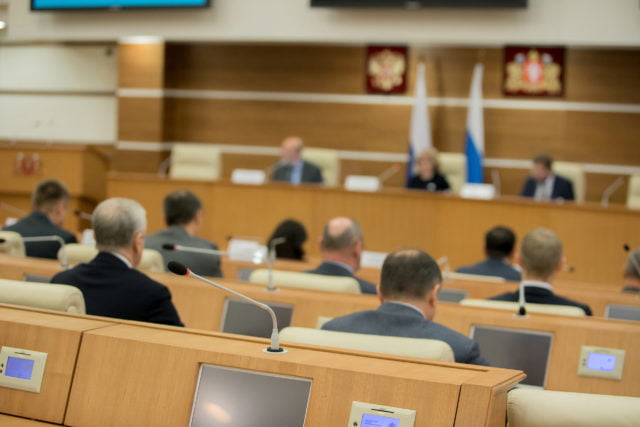
Smaller Pensions Don’t Spur More Saving
Most state and local governments provide their employees with traditional pensions, which are nice to have. But not all pensions are equally generous.
The monthly benefits vary from one place to the next, and some governments have cut costs by reducing pensions for their newest hires. Further, one in four public-sector workers aren’t currently covered by Social Security, because their employers never joined the system.
A logical back-up plan for these workers would be to contribute money to the supplemental savings plans that most public-sector employers provide. When the workers retire, they can add the money saved in their accounts – a 401(k), 401(a), 457 or 403(b) – to their pension benefits.
But researchers at the Center for Retirement Research (CRR) find that workers are only slightly more likely to participate in a savings plan if they work for government employers with less generous pensions – a criterion based on how much of the worker’s current income will be replaced by the pension after they retire.
This lackluster response may not be surprising. Workers can see what’s deducted from their paychecks every week but don’t necessarily understand how these deductions – combined with their employer’s contributions – will translate to a pension.
Public-sector workers are probably more aware of whether their employers are part of the Social Security system. But apparently workers don’t consider that either.
Employees of state and local governments that have not joined Social Security are no more likely to participate in a supplemental savings plan, according to the study, which linked U.S. Census Bureau data on household finances with pension fund data in the CRR’s Public Plans Database.
At a time when COVID-19 is straining state and local government budgets, the researchers are raising concerns about retirement security.
“If state and local employers are forced to further curtail their pensions,” they said, “employees are unlikely to replace that income with outside savings.”
To read this study, authored by Laura Quinby and Geoffrey Sanzenbacher, see “Do State and Local Government Workers Save Outside of their Defined Benefit Plans When They Need to?”
The research reported herein was derived in whole or in part from research activities performed pursuant to a grant from the U.S. Social Security Administration (SSA) funded as part of the Retirement and Disability Research Consortium. The opinions and conclusions expressed are solely those of the authors and do not represent the opinions or policy of SSA, any agency of the federal government, or Boston College. Neither the United States Government nor any agency thereof, nor any of their employees, make any warranty, express or implied, or assumes any legal liability or responsibility for the accuracy, completeness, or usefulness of the contents of this report. Reference herein to any specific commercial product, process or service by trade name, trademark, manufacturer, or otherwise does not necessarily constitute or imply endorsement, recommendation or favoring by the United States Government or any agency thereof.
Comments are closed.







That’s where making good personal choices comes into play (as it always does). Those employees who are mindful of their retirement security will save more (either through their employer’s plan or on their own).
My wife and I both worked in the private sector for the same company. Being mindful of what we would each receive from our company’s pension plan, as well as the fact that our pension would never have an annual COLA, we saved more on our own.
People have different outcomes because, even when armed with the same information, each makes his/her own personal choices – which is the way it should be. It’s almost always about personal choices.
An observation: Many new tier government pension plan members actually pay the same or a higher contribution rate for their lower benefits as higher cost-sharing was implemented with pension reform. Including Social Security, contribution rates can easily be 20% or higher. This is in addition to the usual federal and state taxes.
Many cannot see value in starting a plan with a small amount, thinking how are they ever going to retire on that? They don’t appreciate how “early money” becomes “big money” as the magic of compounding takes hold. As in many things the hardest part is getting started. Small contributions break the inertia and get you in the game.
I recall my first 401k opportunity and the satisfaction of reaching $4,000 in my account. Before long it was double that and growing to even more. Inertia was now my friend!
That’s an interesting read! The employees need to seriously think about their retirement security. Almost one in every four adults in the U.S. has no retirement savings or pension at all and only 36% of non-retired adults believe that their retirement savings are on track, according to the Fed’s 2018 Report on the Economic Well-Being of U.S. Households.